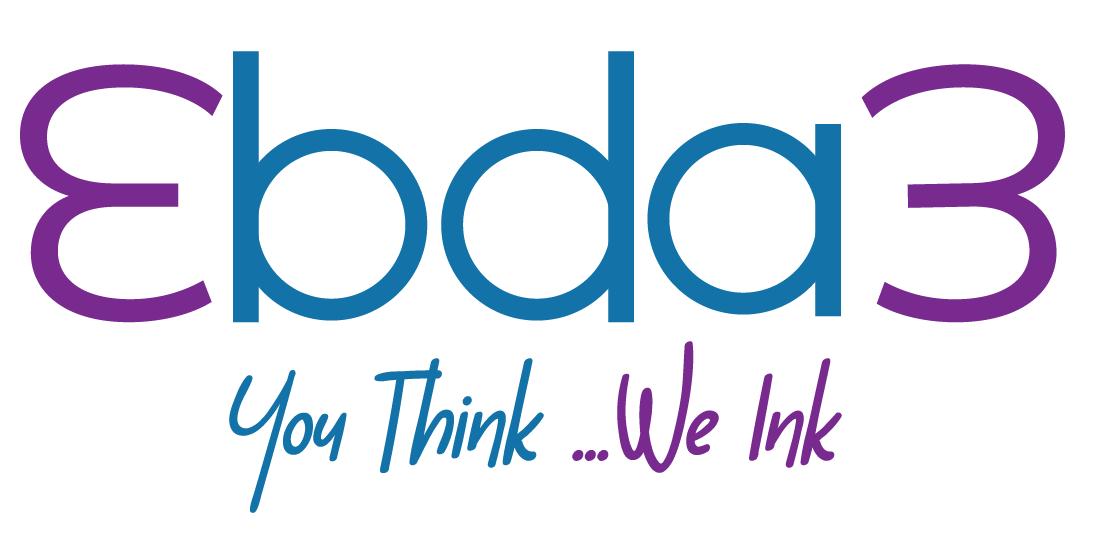7 Proven Strategies to Boost Engagement with Infographics and Visual Content

Introduction:
In today’s digital world, capturing and retaining the attention of your audience has become increasingly challenging. With the overwhelming amount of information available, it’s crucial to find innovative ways to stand out. This is where infographics and visual content come into play. These powerful tools not only make information more digestible but also increase engagement levels. In this blog post, we’ll explore seven proven strategies that can help you leverage infographics and visual content to captivate your audience and enhance your online presence.
Identify Your Target Audience:
Before creating any visual content, it’s essential to identify your target audience. Understand their interests, preferences, and pain points. This knowledge will help you tailor your infographics and visual content to resonate with their needs. Conduct market research, analyze customer feedback, and leverage data analytics to gain insights into your audience’s demographics, behavior, and preferences.
Choose the Right Visual Format:
Infographics and visual content come in various formats, such as charts, graphs, diagrams, illustrations, and videos. Selecting the appropriate format depends on the type of information you want to convey and the preferences of your target audience. For complex data-driven content, charts and graphs may be more suitable, while illustrations and videos can be effective for storytelling and engaging narratives.
Craft Engaging and Informative Content:
While visuals play a significant role, the accompanying text is equally important. Craft concise, compelling, and informative content that complements your visuals. Use clear and concise language, focus on the key message, and ensure the information is accurate and easy to understand. Remember, the purpose of infographics and visual content is to simplify complex information, so avoid overwhelming your audience with excessive text.
Utilize Colors, Fonts, and Design Elements:
The visual appeal of your infographics and visual content can greatly impact engagement levels. Choose a color palette that aligns with your brand and evokes the desired emotions. Select fonts that are easy to read and visually pleasing. Incorporate design elements such as icons, illustrations, and shapes to enhance the overall aesthetics. Maintain consistency in your design choices to establish a recognizable visual identity.
Optimize for Sharing on Social Media:
Social media platforms are ideal for sharing visual content, making it crucial to optimize your infographics for these channels. Ensure your visuals are appropriately sized and formatted for different platforms. Add social sharing buttons to your website and include brief captions or quotes that encourage sharing. Engage with your audience by responding to comments and encouraging discussions around your visual content.
Embed Infographics in Blog Posts:
Infographics can be powerful additions to blog posts, enhancing the overall reader experience. Create visually appealing infographics that summarize key points from your blog content. This not only makes information easier to grasp but also encourages social sharing and backlinking. Embed the infographics within your blog posts and include a call-to-action to share them on social media or other relevant platforms.
Measure and Analyze Performance:
To continuously improve your visual content strategy, it’s essential to measure and analyze its performance. Monitor metrics such as views, shares, likes, comments, and backlinks to gauge engagement levels. Use web analytics tools and social media insights to identify trends and areas for improvement. A data-driven approach will help you refine your strategies and create visual content that consistently resonates with your audience.
Conclusion:
Infographics and visual content are powerful tools for enhancing engagement and conveying complex information in a visually appealing manner. By following the seven proven strategies outlined in this blog, you can leverage these tools effectively to captivate your target audience and boost your online presence. Remember to understand your audience, choose the right visual format, craft compelling content, optimize for social media sharing, embed infographics in blog posts, and measure performance to refine your approach. Get creative, experiment, and embrace the power of infographics and visual content to take your digital marketing efforts to new heights.
Learn more about: Infographics and Visual Content





